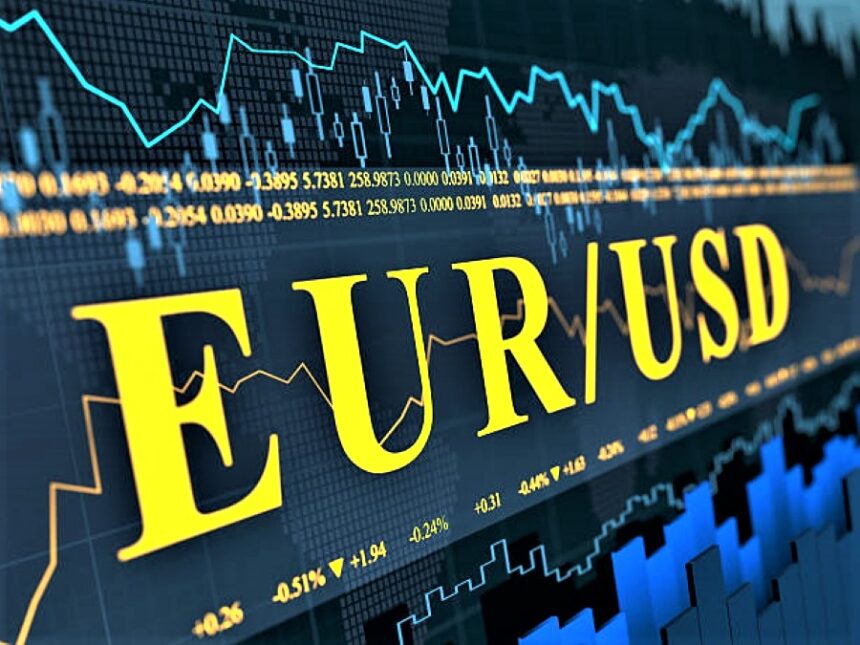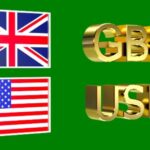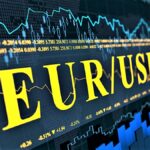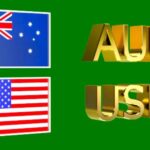EURUSD currency pair saw a sharp reversal on Monday.
EURUSD currency pair saw a sharp reversal on Monday, surrendering most of its intraday gains after briefly touching a one-month high near 1.0530 during the European session. The retreat came as political uncertainty in Germany, weaker-than-expected Eurozone economic data, and a resurgence in the US Dollar all weighed on market sentiment. Investors are closely watching developments in both Europe and the US, as key economic and political factors continue to drive market movements.
German Elections Create Political Uncertainty
The recent German federal election has contributed to volatility in the Euro, as the results failed to produce a clear majority for any single party. Friedrich Merz, leader of the Christian Democratic Union (CDU), has emerged as the likely next Chancellor, but his path to forming a government remains complicated. Without an outright majority, Merz is expected to negotiate a coalition government, most likely with the Social Democratic Party (SPD). However, this process is unlikely to be smooth, and concerns about prolonged political negotiations have added to economic uncertainty.
Market analysts are skeptical that the next German government will deliver significant economic stimulus. The expected coalition may implement minor tax cuts, small-scale reforms, and modest public investment, but these measures are unlikely to provide a substantial or long-term boost to the German economy. Given Germany’s position as the largest economy in the Eurozone, any instability in its political or economic landscape has broader implications for the Euro.
Weak Eurozone Economic Outlook Weighs on the EURUSD
Aside from political uncertainty, economic data from the Eurozone has further pressured the Euro. The European Central Bank (ECB) continues to signal an easing cycle, with policymakers considering additional rate cuts to stimulate the economy. In an interview with Alternatives Economiques, ECB Governing Council member and Bank of France Governor François Villeroy de Galhau suggested that the ECB could lower its deposit rate to 2% by the summer. This dovish stance has reinforced expectations of further monetary policy easing, which has weakened the Euro.
Recent Eurozone economic data has not helped sentiment. The February flash HCOB Purchasing Managers Index (PMI) report showed that the Composite PMI remained unchanged at 50.2, falling short of expectations of 50.5. Additionally, business activity in France contracted at a faster-than-expected pace, signaling continued economic challenges.
In Germany, the February IFO Business Climate index, which measures business sentiment and economic expectations, remained at 85.2, unchanged from January and below the forecast of 85.8. However, the IFO Expectations index, which gauges future economic conditions, slightly improved to 85.4 from the previous reading of 84.3. Despite this marginal improvement, the overall outlook remains weak, raising concerns that the Eurozone’s largest economy is struggling to gain momentum.
US Dollar Rebounds Despite Mixed Economic Data
On the other side of the Atlantic, the US Dollar has regained strength, reversing its recent losses. The US Dollar Index (DXY), which tracks the Greenback’s value against a basket of six major currencies, rebounded to 106.40 after hitting an 11-week low of 106.10 earlier in the day. This recovery is driven by both global risk aversion and shifting expectations around Federal Reserve policy.
The latest US economic data presents a mixed picture. The February flash S&P Global PMI report revealed that overall private business activity expanded at a slower pace, with the Composite PMI declining to 50.4, its lowest level since September 2023. The services sector, which accounts for a significant portion of the US economy, saw a sharp contraction, with the Services PMI dropping from 52.9 in January to 49.7 in February. This unexpected decline has raised concerns about slowing consumer demand and broader economic activity.
However, the manufacturing sector provided a bright spot, as the Manufacturing PMI increased to 51.6, exceeding expectations. This divergence between manufacturing and services highlights an uneven economic recovery, adding complexity to the Federal Reserve’s policy outlook.
Federal Reserve Policy Expectations and Market Reactions
The weaker US economic data has led to increased speculation about potential Federal Reserve rate cuts. Market-based projections now indicate a 63.5% probability that the Fed will lower interest rates at its June meeting, up from around 50% a week ago. Lower interest rates generally reduce the attractiveness of the US Dollar, but for now, global risk aversion and expectations of continued economic uncertainty have supported the currency.
Another factor bolstering the US Dollar is ongoing trade tensions. Former President Donald Trump has once again floated the idea of imposing reciprocal tariffs on key industries, including lumber, semiconductors, pharmaceuticals, and automobiles. These protectionist measures could further disrupt global supply chains and trade flows, leading investors to seek the relative safety of the US Dollar.
Interplay of Economic and Political Factors
The recent volatility in EURUSD underscores the complex interplay between political events, economic data, and monetary policy expectations. The German election outcome has introduced fresh uncertainty into European markets, dampening investor confidence in the Euro. At the same time, the Eurozone economy continues to show signs of sluggish growth, with the ECB poised to maintain its dovish policy stance. These factors, taken together, paint a bearish picture for the Euro.
On the other hand, while US economic data has shown some weaknesses—particularly in the services sector—the overall outlook remains mixed. The Federal Reserve is facing a balancing act, weighing the need to support economic growth against concerns about inflation and financial stability. Despite increasing speculation about rate cuts, the US Dollar remains resilient, driven by safe-haven demand and trade-related risks.
Market Outlook: looking ahead, several keydrivers will shape the trajectory of EURSD.
1. German Government Formation – The speed and effectiveness with which Friedrich Merz and the CDU negotiate a coalition will be critical. If prolonged negotiations lead to policy paralysis, the Euro could remain under pressure.
2. ECB Policy Decisions – Any signals from the ECB regarding the pace and scope of rate cuts will influence Euro sentiment. If policymakers become more aggressive in easing monetary policy, further downside risks could emerge for the Euro.
3. US Economic Data and Fed Policy – Future economic reports, particularly on inflation and employment, will be closely watched. If US economic growth remains steady despite softening data, the Fed may delay rate cuts, supporting the Dollar.
4. Global Trade and Political Risks – Trade policies, particularly those related to tariffs, could introduce fresh volatility. Any escalation in trade disputes may further boost the US Dollar at the expense of risk-sensitive currencies.
EURUSD Conclusion
The EURUSD pair’s recent retreat reflects a combination of political uncertainty in Germany, weak Eurozone economic data, and a strengthening US Dollar. While the Euro remains vulnerable due to structural challenges in the European economy and expectations of continued ECB rate cuts, the US Dollar benefits from global risk aversion and resilient market confidence. As investors navigate these complexities, the coming weeks will be critical in determining the next major move for the EURUSD pair. Traders should stay alert to evolving political developments in Europe, shifting Fed expectations, and broader macroeconomic trends that could impact currency markets.








